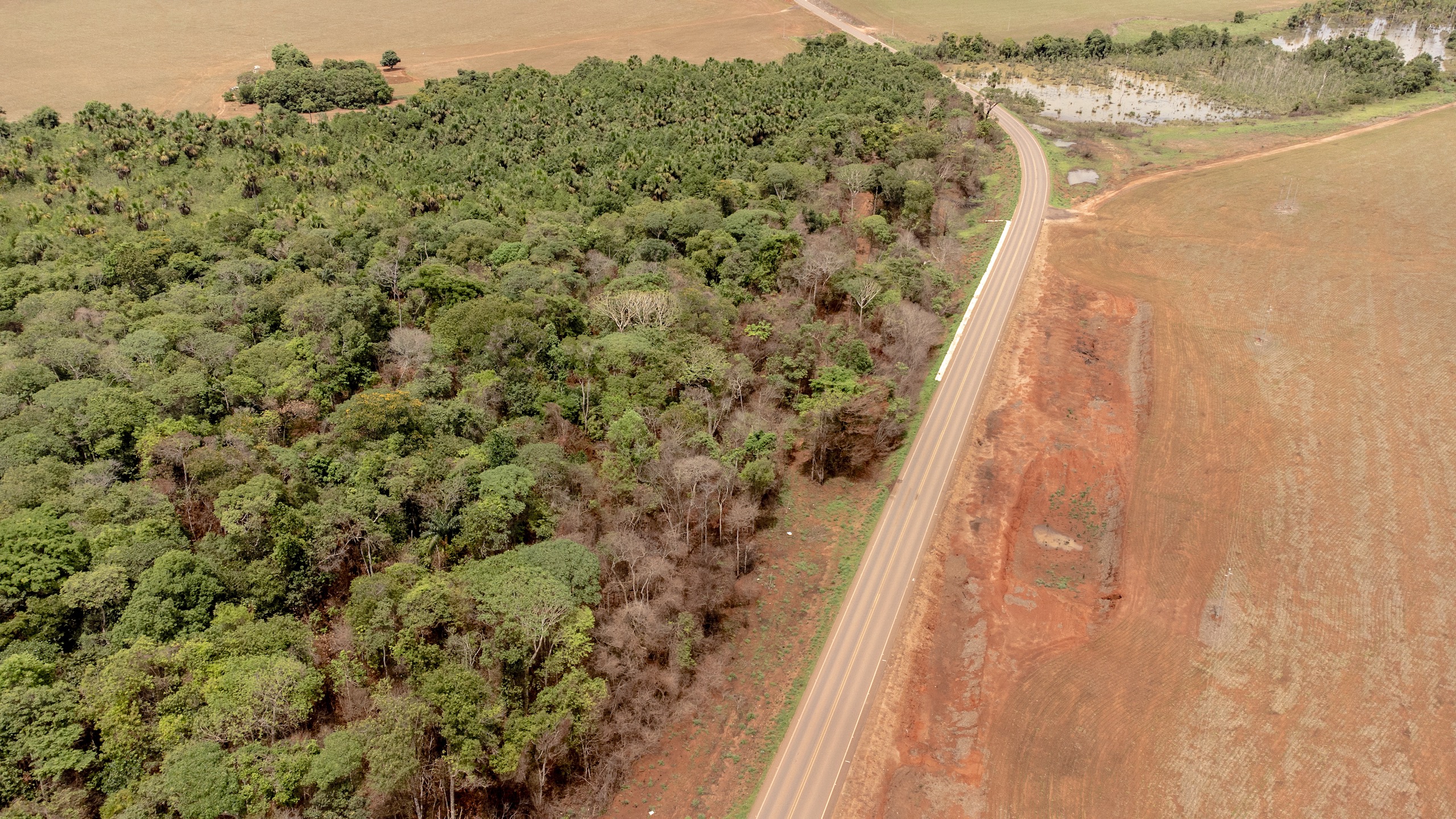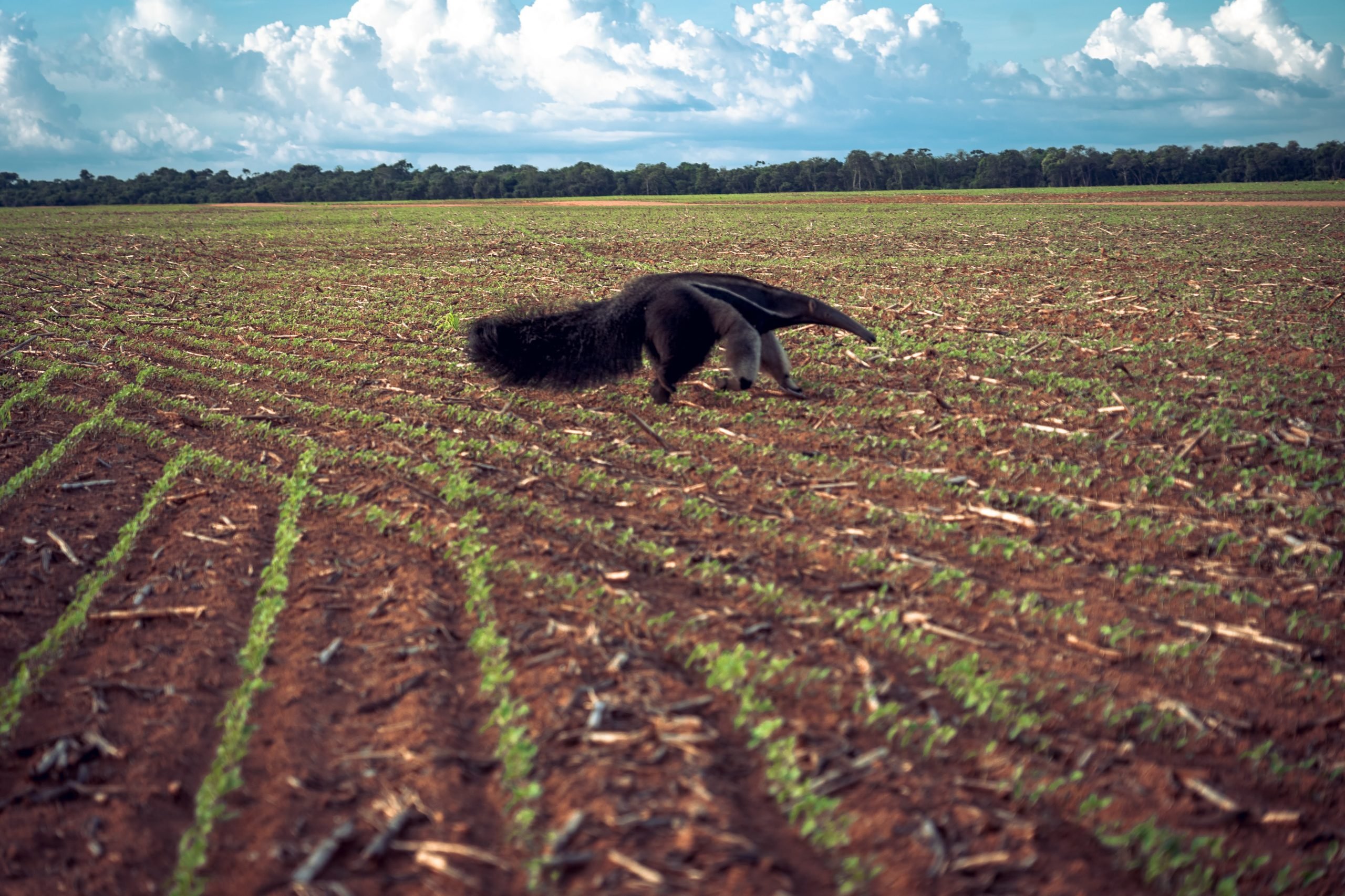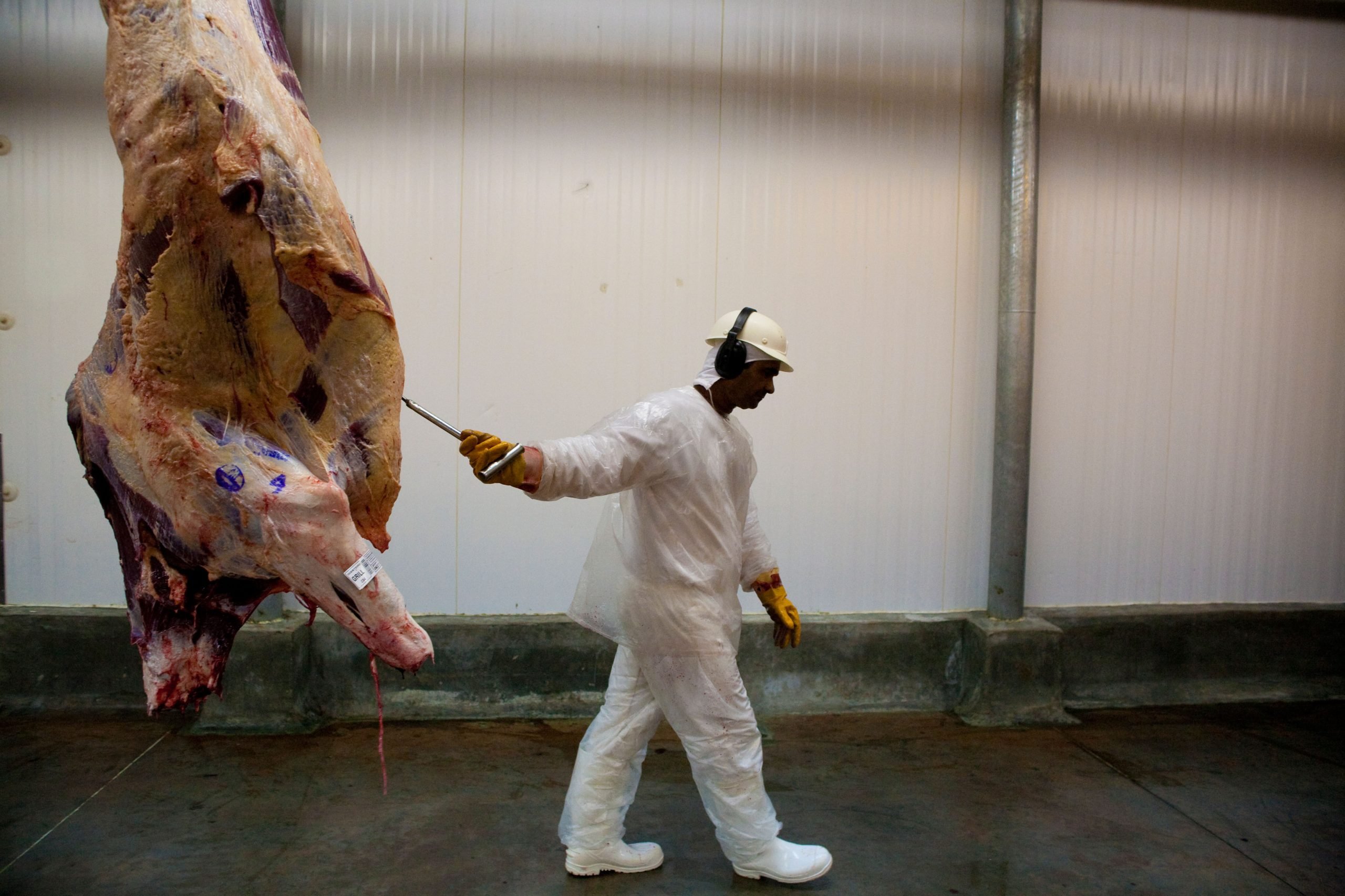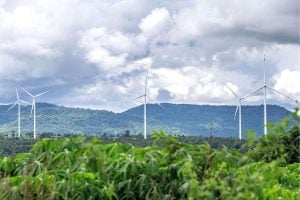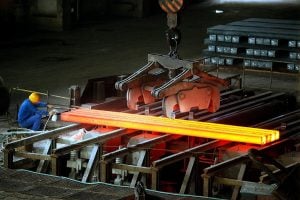On 30 April, researchers, farmers and representatives of agribusiness associations gathered at the Getulio Vargas Foundation in São Paulo to discuss trade relations between Brazil and China. The focus of the debate was soy and meat exports to the Asian nation and the possible – or necessary – “routes to sustainability”.
After opening the event, supported by The Nature Conservancy (TNC), the director of the China-based Centre for Agricultural and Rural Development, Kevin Chen, took to the lectern to explain how Chinese figures see the current and future scenario with their largest food supply partner.
“We know that climate change has already led to a reduction in soy production in Brazil and also to a decrease in soy exports,” said Chen. “We need to stop deforestation in Brazil due to the expansion of soy and beef production. We hope that this will happen without jeopardising production and livelihoods.”
Listening attentively were representatives of Brazilian agribusiness, a sector that is often reticent to acknowledge – and in many cases, denies – the impacts of climate change on production.
Chen also said that the Chinese government wants to reduce its dependence on Brazilian production to support the feeding of its 1.4-billion-strong population. “Today, 80% of the soy consumed by China comes from other countries, with Brazil being our biggest supplier. By 2033, however, more than 30% of our demand for soy will have to be met by domestic production,” he said.
Data from the Ministry of Development, Industry and Trade (MDIC) shows that China is Brazil’s biggest trading partner by far, accounting for a third of everything Brazil sells to the world. The United States, in second place, has a share of roughly 10%. China alone accounts for more Brazilian exports than the country’s next nine largest buyers combined.
In agricultural and mineral commodities, China’s leading role is even larger. Between 2019 and 2023, Brazilian soy exports to China almost doubled, jumping from USD 20.5 billion to USD 39.8 billion. Last year, the country accounted for no less than 73% of the soy exported by Brazil.
Beef is following suit. Exports of the meat to China increased by 476% between 2009 and 2022, according to data compiled by Abiec, the association representing Brazilian beef exporters. Of every 10 kilogrammes of meat that Brazil sold abroad last year, six went to China, according to the MDIC.
Last year, China became the first destination for overall Brazilian exports to surpass the USD 100 billion mark in a single year. More precisely, there were USD 104.3 billion in total sales to China – more than double the total just seven years ago.
When assessing Brazil’s weight among the sellers of a range of products to China, the situation remains the same. Today, Brazil accounts for 60% of the soy and 41% of the beef that China buys worldwide. The dependence on imported meat is linked in part to changes in eating habits amid the country’s growing urbanisation in recent decades. In 2012, only 1% of the beef consumed in China was imported; by 2022, this had jumped to 27%, according to data from China’s National Bureau of Statistics.
Vectors of deforestation
With beef and soy production among the main drivers of deforestation in Brazil, the increasing demand for them has put pressure on its forests. Their production involves intensive land use, which accounted for almost 50% of the country’s emissions in 2022, according to the Climate Observatory, a Brazilian network of environmental organisations.
The growth in exports of agricultural commodities to Asia in recent decades has been accompanied by the expansion of exports from the nine states of the Legal Amazon region. Consequently, they have become the most deforested regions of the country, as shown by data from the National Institute for Space Research (Inpe).
The state of Mato Grosso, for example, which in 2014 exported the equivalent of USD 3.4 billion in products to China, saw that volume more than triple in a decade, reaching USD 11.8 billion last year. In the same period, shipments to the Chinese market from the northern state of Pará more than doubled, from USD 4.7 billion to USD 11.2 billion.
However, this growth has come at a cost to Brazil’s forests. From 2014 to 2022, annual deforestation in the Legal Amazon region rose from 5,012 km2 to 11,594 km2, according to Inpe. Over the last decade, the rate of deforestation only decreased once, when 9,064 km2 of deforestation was identified across the region last year.
However, experts say the indirect pressure that Chinese demand had been exerting on deforestation in the Amazon is changing. They highlight that China’s food security now depends more than ever on sustainable production.
“This pressure from Chinese demand, which has pushed the expansion of soy, corn and other crops in Brazil, generating a lot of deforestation, is going through a turning point,” says Leonardo Gava, senior manager for agricultural transition at the UK-based Climate Bonds Initiative, which specialises in certifying sustainable bonds. “China is moving from the role of a buyer that puts more pressure on deforestation to a buyer that can facilitate deforestation-free value chains.”
The question is whether Brazilian producers will be prepared for this change in the near future, says Gava. “The Brazilian producer has a window to move, and that window is open now. If they fail, they’ll have to make up for it.”
As a rule, China avoids taking a strong stance on other countries’ domestic issues, such as environmental legislation and enforcement. A growing number of multilateral commitments made by the country, however, could result in concrete measures.
João Cumarú, a researcher and master’s student of Chinese politics and diplomacy at Fudan University in Shanghai, highlights China’s growing leadership in the pursuit of the so-called “ecological civilisation” and its progress in renewable energies, despite still facing several obstacles in reducing emissions and the use of fossil fuels such as coal.
“China is becoming more and more engaged internationally in these environmental issues, and there has been effective internal progress,” says Cumarú. “It’s difficult to know how these actions will be consolidated in external relations, because the logics of the market, price and volume are still dominant, as well as [China’s] discourse of not intervening in external issues. In any case, it’s a new movement that could have repercussions in Brazil.”
In addition to government positions, the Chinese public’s attitude on environmental issues is also continuing to evolve. A survey carried out this year in Beijing and Shanghai by the Chinese Academy of Social Sciences, FGV Agro and The Nature Conservancy suggested that some Chinese beef consumers would agree to pay up to 20% more for their meat if they had the guarantee that the product was not linked to Amazon deforestation.
Lack of transparency in meat exports
The path travelled by many Brazilian cattle, from their birth in the Legal Amazon to their arrival in the Chinese market, is not necessarily a clear one.
Keen to avoid accusations of buying meat from illegally deforested areas, large Chinese buyers have sought to improve the traceability of their largest suppliers. These efforts often encounter a stumbling block, however, when this chain involves third-party partners – the indirect suppliers who often buy cattle raised in irregular or illegal areas and “launder” the origin of these animals through their properties.
Concerned about the issue, the China Meat Association and WWF teamed up in 2017 to create the “Chinese Sustainable Meat Declaration”, with the mission of controlling the deforestation associated with their imports. It targeted actions to promote sustainable meat production, trade and consumption, with guidelines for improving traceability in the supply chain.
“These were undoubtedly relevant measures because of the signal they gave to the market, but the fact is that these actions didn’t set a known date for these criteria to be enforced,” says Paulo Barreto, a researcher at the Imazon Institute, an environmental NGO. “It’s a different stance from the European Union, for example, which has established that it will no longer buy anything from areas with deforestation that occurred after 2020 and that this will be required from January 2025. We haven’t found anything in China that establishes a timetable.”
The Imazon Institute and the organisation O Mundo Que Queremos (The World We Want) have teamed up to measure businesses’ progress on turning these guidelines into sustainable cattle production in practice. Their “Green Radar” study found that 87% of the Brazilian meatpacking plants licensed to export to China have signed a zero-deforestation commitment with federal prosecutors. However, of the 31 companies licensed to export to China, 25 still operate in regions with more than 300,000 hectares at risk of deforestation.
“The reality is that all of them are in breach of the China Meat Association’s specifications on information disclosure and origin from areas at high risk of deforestation,” claims Alexandre Mansur, project director of O Mundo Que Queremos.
The survey also assessed the level of transparency of the publicly accessible content of the companies licensed to export to China. Of the 31 companies, only three were considered to have achieved an “intermediate” level of transparency regarding their zero-deforestation policy – which is still not in compliance with the China Meat Association’s guidance on controlling intermediate suppliers. More than 90% of the companies surveyed were deemed to have policies that led to low or very low transparency.
“What we also realise is that it’s not clear how the association will implement its specifications,” says Barreto.
Despite this lack of transparency in Brazilian supply chains, China has continued to licence new meatpacking plants in the country. In March, it was announced that China had authorised 38 new plants for the export of beef, pork and poultry – the largest number of units authorised at one time under their bilateral agreements. They are expected to boost Brazil’s sales to the country by BRL 10 billion (USD 1.9 billion) in the next 12 months.
Brazil’s agriculture ministry said that some of the establishments were audited remotely in January this year. Others received a face-to-face assessment by Chinese technicians in December 2023.
“This historic result once again demonstrates the recognition of the quality, credibility and trust in the work of Brazil’s agricultural defence,” said Carlos Goulart, Secretary of Agricultural Defense, in an official statement.
This article was originally published on O Eco, a Brazilian environmental journalism platform. This translated version has been shortened and lightly edited with permission.
